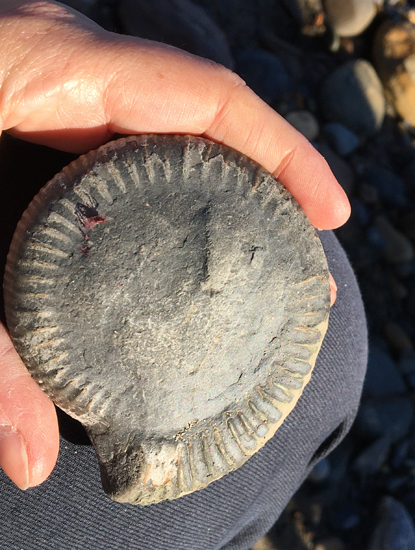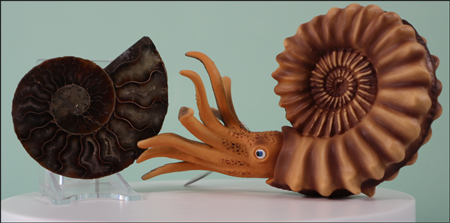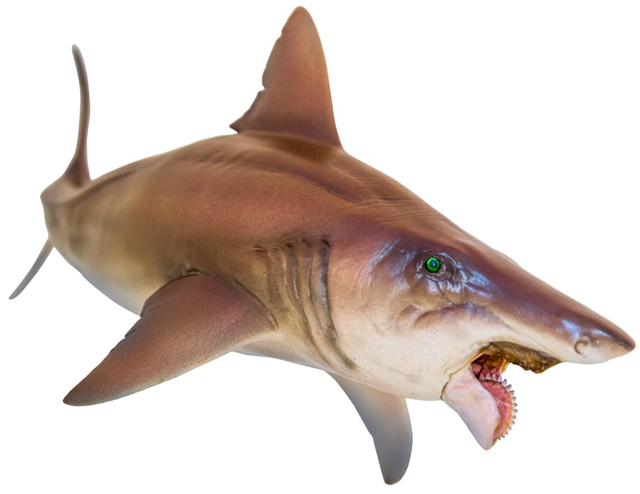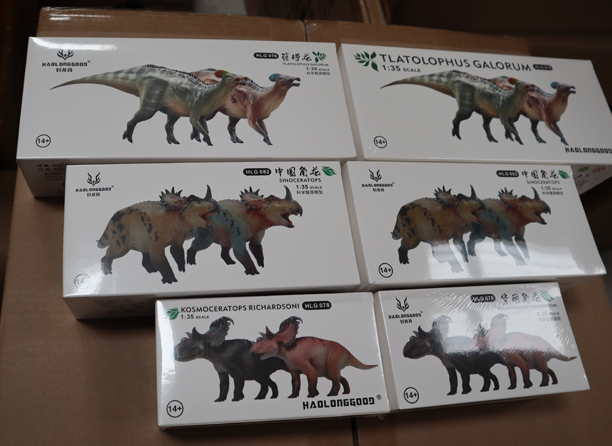The Front Cover of the New “Prehistoric Times” Magazine
Our thanks to editor Mike Fredericks who emailed to Everything Dinosaur the new front cover for the next issue of “Prehistoric Times” magazine. This magazine is produced four times a year. Not long to wait now until the autumn (fall) edition arrives. This issue will feature an interview with palaeontologist and writer, Dr David Hone. Dr Hone is a Reader in Zoology at Queen Mary, University of London in the School of Biological and Behavioural Sciences. He is an exceptionally busy scientist what with his teaching work, research and media commitments.
Dr Hone will be discussing the largest specimen of Tyrannosaurus found to date.

The front cover of “Prehistoric Times” magazine highlights ornithischian parenting. This is issue number 151 (autumn 2024). Picture credit: Mike Fredericks.
Picture credit: Mike Fredericks
“Prehistoric Times” Magazine Issue 151
The stunning front cover artwork features a pair of duck-billed dinosaurs. The illustration shows an adult and a juvenile. It highlights the ontogenetic differences. It certainly is a beautiful front cover illustration. One of the featured prehistoric animals in this edition is Maraapunisaurus. This is a genus of Late Jurassic sauropod from the Morrison Formation of the western United States. It was originally known as Amphicoelias. Having been described from a single fossil bone, it was thought to be the largest dinosaur known to science. The interpretation of the fossil material remains controversial. We look forward to reading more about this remarkable dinosaur in the forthcoming edition of “Prehistoric Times” magazine.
To learn more about the magazine and to subscribe: “Prehistoric Times” Magazine.
South American Mammals
The magazine also features an interview with Dr Darin Croft. Dr Croft is a palaeontologist who specialises in the study of prehistoric mammals. His main interest is the evolution of South American mammals. For most of the Cenozoic, South America has been isolated as an island continent. This isolation led to the evolution of a unique fauna. For example, sparassodonts occupied the predatory niches that were occupied by placental mammals like bears, dogs and felids elsewhere in the world. No placental carnivores were present in South America until a few million years ago.
The interview is going to be fascinating and most insightful.
We can’t wait for “Prehistoric Times” magazine to arrive.




















